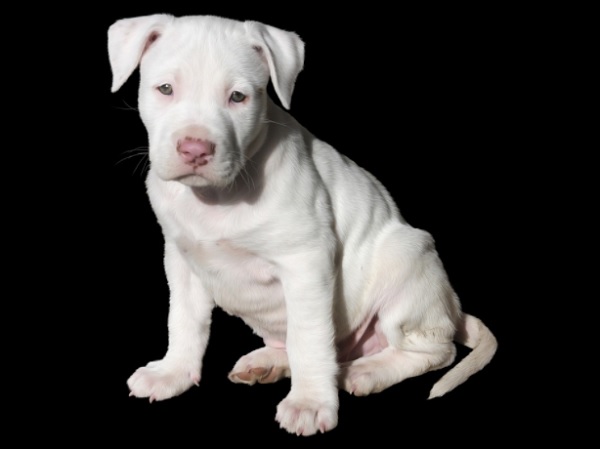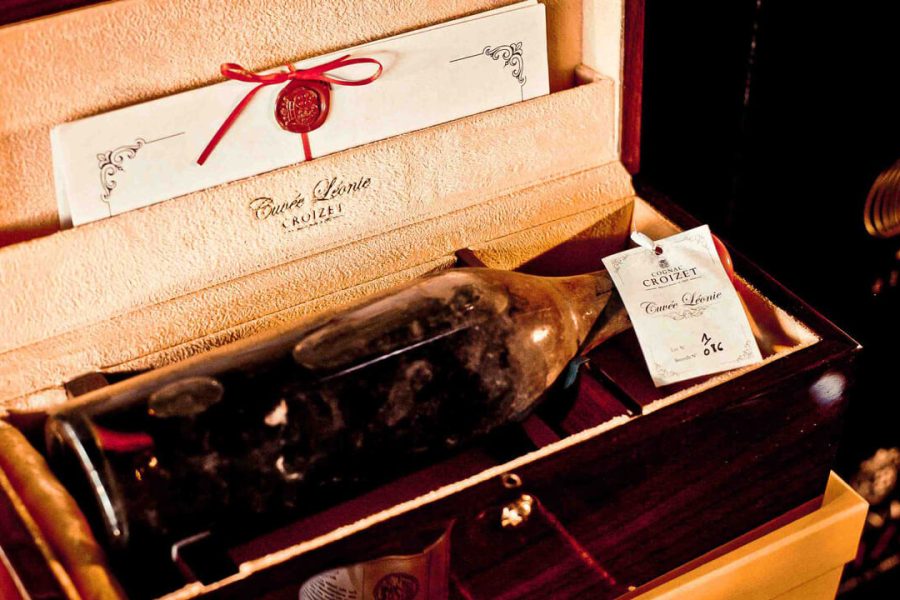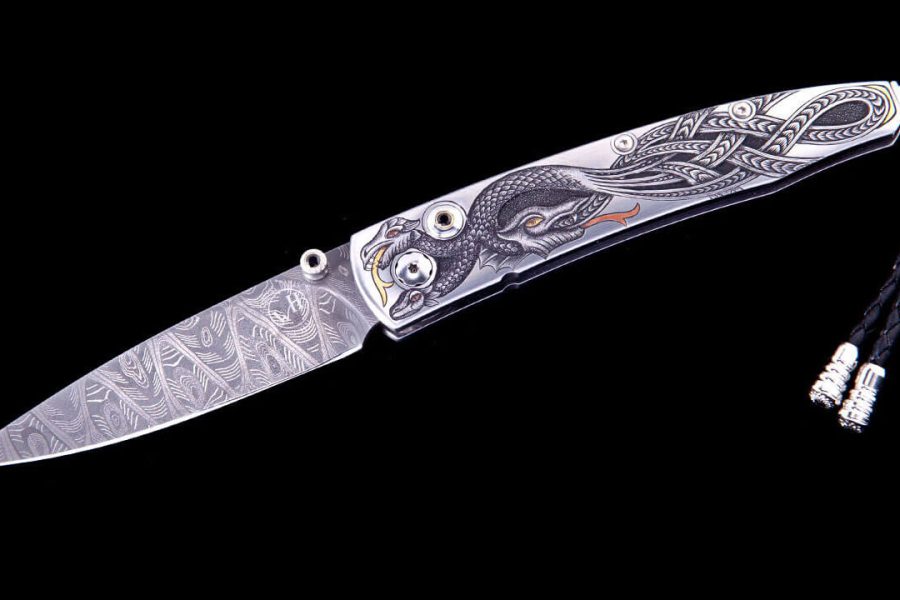If you are an avid dog lover, chances are you love pit bulls. These medium-sized dogs are some of the most interesting, intelligent, and loyal pets an animal lover can have. Pit bulls are often formally known as the American Pit Bull Terrier (APBT), American Staffordshire Terrier (AST), or Staffordshire Bull Terrier (SBT). In fact, some people even confuse pit bulls with American Bulldogs. My own pit bull needed a hypoallergenic bed, so I am picking out the best hypoallergenic dog bed money can buy because I loved him so much and that is how far owners (like me) are willing to go. The breed itself is a type of dog, which also includes different breeds. Among them, the red-nosed pit bull and blue-nosed pit bull families are especially studied due to the interesting characteristics and differences they possess.

Breed overview
Although pit bulls are medium-sized, these dogs are muscular and extremely strong. In general, pit bulls are considered to be ferocious and cruel. In fact, dogs of this breed are extremely loving and loyal.
In the 1800s, pit bulls were bred to compete in dangerous events and simply for the entertainment of humans. They were primarily trained to bait bulls in bullfights, which were then killed. This sport was soon made illegal, after which pit bulls began to be regularly kept as pets in homes.
Although both types have the same origin, they differ in color, price, physical characteristics, health, temperament, and many other factors. However, common misconceptions about these differences state that these two types of pit bulls are completely different. Although the differences are obvious, they still belong to the same family. Because of this, these two dogs share similar personality traits and temperaments.
Here are some of the main differences between a blue nose pitbull and a red nose pitbull:
Source
Let's start by looking at the origins and history of these two types. The Blue Nose Pit Bull was originally Irish, a 19th century cross between a Terrier and a Bulldog. The Red Nose Pit Bull also originated in Ireland, and was then enthusiastically brought to America. The Red Nose Pit Bull was bred using a family of different Pit Bulls. The Red Nose Pit Bull, also considered a special variety of Pit Bull, was known by breeders as the "Old Family Red Nose." Specifically, they were called "Irish Old Family Reds," a name inspired by their recessive red traits. This line was especially admired by most breeders and dog owners. Today, this type of Pit Bull is less known and less common, as they are slowly becoming extinct.
After emigrating, these red-nosed pit bulls were crossed with other pit bull breeds, resulting in the American Pit Bull Terrier or APBT breed. Despite the different name, most red-nosed pit bulls are still referred to as red-nosed pit bulls. The blue-nosed pit bull, on the other hand, has had less admiration for its history and origins.

Basic physical features
The most distinctive features that also differentiate these two dogs are the color of their coat and nose. This is mainly due to the presence of recessive genes that are inherited from their parents. As the name suggests, pit bulls with red noses are known as red nose pit bulls, while pit bulls with blue noses are called blue nose pit bulls. The latter have a dark blue tint to the skin on and around the nose of these dogs, which also resembles leather in texture, making them aesthetically pleasing.
Red nose pit bulls may seem more intimidating than blue nose pit bulls, mainly due to their muscular build. At the same time, these dogs have been bred and used inappropriately in the past, mainly due to violence, which contributes to their negative reputation. However, if trained and loved, red nose pit bulls can be extremely friendly, gentle and loyal companions. They have a stocky build, which is clearly visible in all pit bulls. They have large heads and are especially intimidating. Because of this, most people would rather walk away than pet these loving creatures. If you give them a chance, they are a lot of fun.
In addition, both types have the same height, average weight and build.

Difference in color
While most pit bulls have a black nose, blue nose pit bulls have a blue tint to their nose. As mentioned, the difference in color between the two dogs sets them apart. They also have similar physical traits. The presence of a certain gene in blue nose pit bulls is responsible for the dog’s bluish-gray coat. This recessive gene dilutes the black tones and changes the color of the dog’s coat and nose.
Since the Blue Nose Pitbull is more attractive, they immediately attract most dog lovers. Because of this, most dog breeders are especially interested in breeding Blue Nose Pitbulls and sell them at a higher price. In doing so, breeders label them as a “rare” breed, thus justifying their high price and demand. Although they are beautiful, you can’t call them rare because they are almost indistinguishable from Red Noses and other Pitbulls.
Most uninformed pet owners consider small differences in features and coloring to be the main differences between pit bull breeds. In particular, blue nose pit bulls are considered more aggressive than others, which is completely untrue. Genetic variation does not affect a dog's behavior and aggression.

Price
Although adopting a dog is a noble act, some people are inclined to buy a pit bull since they are not always available for adoption. For this reason, you should always consider the prices and the difference between the two breeds when you decide to buy one. Needless to say, as the demand increases, so will the prices. Pit bulls are in high demand all year round.
In particular, the Old Family Red Nose Pit Bull is more expensive compared to the regular Red Nose or Blue Nose Pit Bulls. Oddly enough, Blue Nose Pit Bulls were more expensive in the past, but that has changed dramatically over the years. There have also been many price fluctuations for both types of Pit Bulls. Red Nose Pit Bulls are rarely bred in recent times, making it difficult for Pit Bull enthusiasts to find one to adopt or buy. Because of this, the price of Red Nose Pit Bulls has skyrocketed. Since demand is high and supply is low, Red Nose Pit Bull breeders are not bothered by their sky-high prices.

Physical strength and health
Some of the most common health issues that most pit bulls face are joint problems, allergies, heart disease, and cataracts. So if you are planning to adopt or buy a pit bull, be prepared to take care of your dog’s health.
In particular, the blue nose pit bull has a recessive dilution of the black pigment, which can cause problems with vision and hearing. This dilution can also lead to excessive hair loss, sensitive skin, or allergies. Both dogs need regular exercise in the form of walks or play sessions in your yard or a nearby park. Compared to blue nose pit bulls, red nose pit bulls require a little more socialization and appropriate training.
Both types of pit bulls should be transitioned to solid food after about 4-8 weeks, depending on specific health requirements or underlying issues. The dietary requirements for both pit bulls are similar. The main foods that should be fed include beef, poultry, chopped vegetables, corn, etc. Avoid carbohydrate-rich foods as this can lead to obesity. Feeding a high-fiber diet is still acceptable.

Temperament
Although most pit bulls are known to be ferocious or aggressive, blue nose pit bulls in particular are gentle and offer lots of love. All you have to do is encourage and teach them to listen to you and be nice. This way, your dog will turn into a lifelong companion. Both types of pit bulls are great with children and can be social if trained. If the pet owner has had a child, the pit bull is often well-mannered and will never be aggressive towards the child. In fact, they play with the children of the household and are willing to playfully hit. Children are also generally not afraid of pit bulls, which is quite surprising considering the intimidating nature that most pit bulls have. Children see these dogs as soft toys that are fun to ride on. Even if both types of bulls are kissed, hugged, pulled, sat on, hugged or grabbed by children, these dogs are calm and have fun equally, without complaining or showing aggression.
In particular, red-nosed pit bulls prefer to be around people, not just children. Because of their loyal nature, they are likely to bark at strangers and protect their owners. In return, they expect pet owners to reciprocate the affection. For this reason, pit bulls can be effective service and therapy animals in some cases.
Their barking and protective nature does not necessarily make them great watchdogs. They never view a stranger as a potential threat, but only as a friend they have never met before. This is especially true in blue-nosed pit bulls. However, when it comes to children, their protective instinct kicks in. Although most pet owners are advised not to leave their pit bulls alone with their children, proper training and socialization can lead to an unbreakable friendship between them.
However, they do not prefer to be around other animals, especially if they are not raised together. Both types get along well with each other. Although both types are kind and rarely violent, lack of training can cause serious temperament problems, mainly due to the innate aggressive genes. However, since these dogs are easier to train, you can keep them calm and playful.

Health problems
Blue nose pitbulls are generally more prone to health problems, this is due to the recessive black pigment that gives the dog its noticeable nose color. Unfortunately, this leads to health problems such as a tendency to have sensitive skin, some fur loss, and long-term problems such as vision and hearing loss.

Breed varieties
While both breeds will always have color variations, it is the blue nose pit bull breed that has the largest range of variations. This of course also means that they are a more sought after breed as you can get much rarer color variations. While you should be aware that some breeders pass off more unusual colors as “rare,” it is worth checking out pictures of the same breed online to see how “rare” the variation is.

Diet
While there are no significant differences in their diets, you can tailor the diet for each breed differently to take advantage of each breed's stronger qualities. Red-nosed dogs tend to have much better coat quality when fed brown rice, corn, and poultry, but blue-nosed breeds have much more sensitive stomachs, typically requiring a diet with more fatty foods like fish.

Size
While the size differences between breeds are not noticeable until they are much older, there are some varieties you may want to consider. Blue nose breeds tend to be smaller but more muscular, while red noses tend to be taller and leaner. While there are slight differences, which of course often depend on their upbringing and trailing, it becomes more noticeable as time goes on.
In conclusion…
Regardless of the differences, both types of pit bulls are extremely loyal and fun-loving. Whether it is a red nose or a blue nose pit bull, this breed is always the right choice for dog lovers. The misconception that the two types are completely different is mostly spread by breeders, as their livelihood depends on the number of dogs sold. This is only possible by establishing obvious differences between them and creating arguments for each type of pit bull. If successful, their dogs appear more desirable to buyers. Although unethical, this is what uninformed pet owners fall for, which has led to this perception.
Before choosing the type and the specific pitbull puppy you are interested in, make sure you know the breeder and their work. This is mainly because many breeders try to preserve or maintain the breed's color through inbreeding. Breeding and selling dogs has become a big business all over the world, which has also put this breed at risk. They use purebred blue stock for breeding, which often affects the health of the puppies. In other words, each generation is at risk, which is also a threat to the breed. So, if you are looking to adopt or buy a dog and have decided to get a blue nose pitbull, try looking for a different type or breed of dog. Most breeders care more about profit than the welfare of the animals, which is quite discouraging. So, if you are a true animal or dog lover, look for other options or dig deeper before making a choice.
Finally, if you do get one of these types, make sure they are treated well and trained to be gentle, as they are more prone to fighting and violence. Both of these types of pit bulls are in the same family and make great pets. Other than their coloring, they have some minor differences that barely distinguish them from each other. So don't be picky and get a dog from a shelter. If you like pit bulls at all and can find one in a shelter, consider yourself lucky.













Оставить Комментарий